Cloud Gate Choreography
After its founding in 1973, Cloud Gate Dance Theatre has accumulated numerous works of dance. The famous ones are Formosa, Songs of the Wanderers, Cursive, Pine Smoke, Wild Cursive, Rice, White Water/ Little Dusts, Moon Water, Water Stains on the Wall, and 13 Tongues.
| Choreography of Mr. Lin Hwai-min | |
| Work | Introduction |
| Formosa | The piece Formosa is based on Taiwan and it presents social chaos and the hope of common people. The performance is shown with the singing of the aboriginal singer Sang Puy and narration of Chiang Hsun. At the beginning of the performance, a frightened woman seems to experience something unfortunate. Afterwards, two groups of people fight with each other. Finally, the stage setting is projected with stars as hope. It implies Mr. Lin Hwai-min's anxiety about the society before his retirement and his hopes for Cloud Gate. |

Image Source: https://www.cloudgate.org.tw/front/staticPage/pages/works-cg1 |
|
| Songs of the Wanderers | Songs of the Wanderers is inspired by the novel "Siddhartha" by Hermann Hesse, adapted from the Buddhist scriptures. In the story, a wanderer goes on a pilgrimage and prays along the road. This is in stark contrast against the stagnant monk; two religious people who lead different spiritual journeys. With the sound and lighting effects, audiences lose themselves in the world on the stage. |
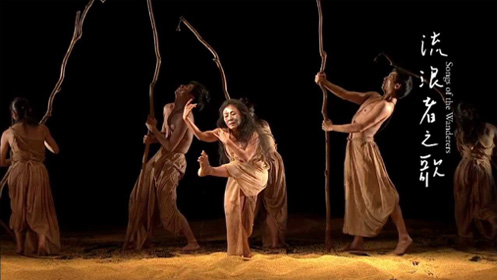
Image Source: https://www.cloudgate.org.tw/front/staticPage/pages/works-cg1 |
|
| Cursive | Cursive is the first chapter of "Cursive: A Trilogy." The graceful dance is delivered through the movements of Tai Chi. The stage design and sound effects are simplistic, with the calligraphy of well-known calligraphers projected onto a white setting. A monophonic rhythm is the result of an amalgam of western classical music and Chinese percussion. The dancers, clad in black and dancing with elongated sleeves, personify the ink on rice paper trenchantly. |
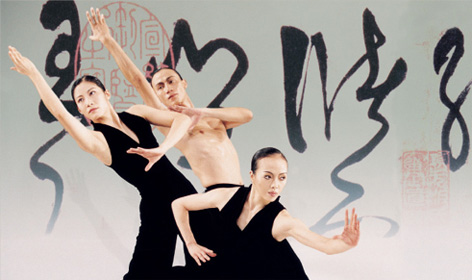
Image Source: https://www.cloudgate.org.tw/front/staticPage/pages/works-cg1 |
|
| Pine Smoke | The second chapter of "Cursive: A Trilogy", Pine Smoke is more buoyant and presents the narrative in an understated fashion. The dancers' movements are delicate. White floors offset the dancers' black skirts and creates a strong contrast. Pine Smoke is completed with the use of John Cage's music, a composer with in-depth understanding of Eastern culture. |
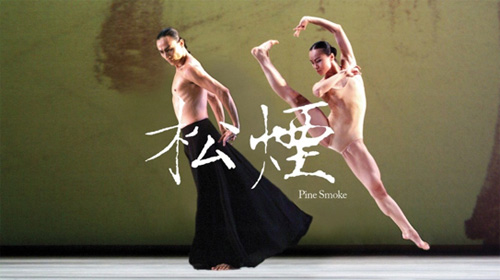
Image Source: https://www.cloudgate.org.tw/front/staticPage/pages/works-cg1 |
|
| Wild Cursive | In Wild Cursive, the final chapter of "Cursive: A Trilogy", Mr. Lin Hwai-min encourages the dancers to draw out their essence and allow the entire body to flow. The dancers' flexible limbs illustrate the nuances of calligraphy, with perfect balance of power and beauty. |
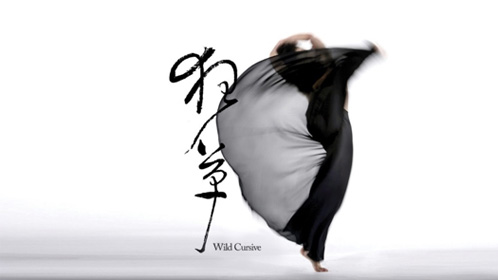
Image Source: https://www.cloudgate.org.tw/front/staticPage/pages/works-cg1 |
|
| Rice | Rice is inspired by a region in Taitung named Chishang, known for its rice field. It depicts the cycle of life. Rice symbolizes life; while pollen, grains, wind, water and fire are responsible for nurturing life. The music incorporates Hakka ballad, Western opera and Asian percussion instruments. The dance style leans toward Chinese martial arts and Tai Chi. Dancers portray the rice field swaying in the wind with their skillful dance techniques. |
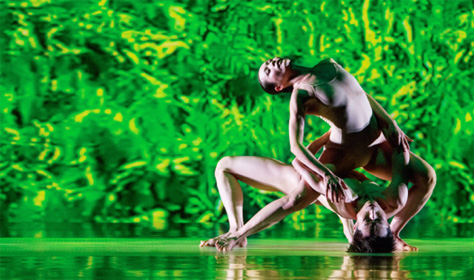
Image Source: https://www.cloudgate.org.tw/front/staticPage/pages/works-cg1 |
|
| White Water / Little Dusts | White Water / Little Dusts are two separate compositions. White Water was inspired by Hualien's Liwu River. Its light and brisk rhythm alludes to technology overtaking the natural world. Little Dusts is darker and more somber in style; and the melancholy classical music used likens the humbleness of human beings to the fragility of dust. The two compositions exquisitely showcase the clash between light and dark. Their contrasting styles provokes powerful dramatic tension. |
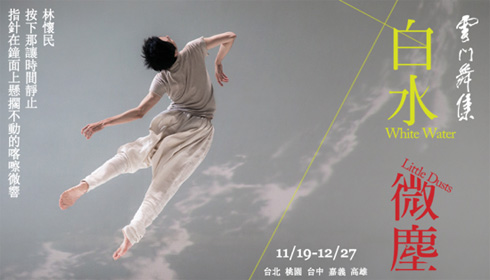
Image Source: https://www.cloudgate.org.tw/front/staticPage/pages/works-cg1 |
|
| Moon Water | Moon Water was inspired by a quote from an epic poem "Illusion is, after all, vanity." Consequently, water and mirrors are utilized on stage to show the effect of reflection. In addition, the dancers' white costumes symbolize the purity of water. The technique used in this piece is a set of Taoist body and mind unity exercise that cultivate "chi," spotlighting the expressions of liveliness. The soundtrack adopts Bach's well-known "Cello Unaccompanied Suites," melding it in perfect harmony with Chinese traditional movements. |
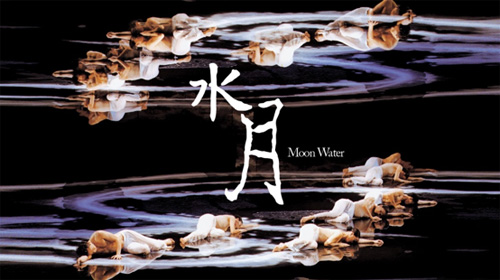
Image Source: 水月 https://www.cloudgate.org.tw/front/staticPage/pages/works-cg1 |
|
Water Stains on the Wall |
Water Stains on the Wall is derived from an allusion of the Tang Dynasty meaning that the calligraphy is outstanding. Rice paper is placed at stage setting projected with black clouds to create the image of landscape painting. Dancers run, spin and jump freely on the stage. With the music of Toshio Hosokawa, the Japanese composer, it creates a silent and spiritual atmosphere with artistic conception. |
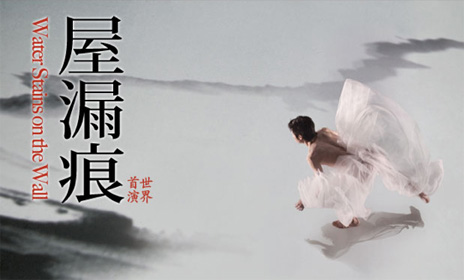
Image Source: https://www.cloudgate.org.tw/front/staticPage/pages/works-cg1 |
|
| Choreography of Cheng Tsung-lung | |
| Work | Introduction |
| 13 Tongues | 13 Tongues was inspired from a story of Huaxi Street in 1960s, told to the young Cheng Tsung-lung by his mother. Back then, there was an illustrious busker named "13 Tongues" who possessed incredible skills with his ever-changing voice. He often performed entertaining Taiwanese stories or customs by simultaneously playing various roles. The dance is performed in collaboration with acclaimed producer Mr. Lim Giong's music. It impeccably joins the folk activities of the past with current impressions of what music was like in the 60s. |
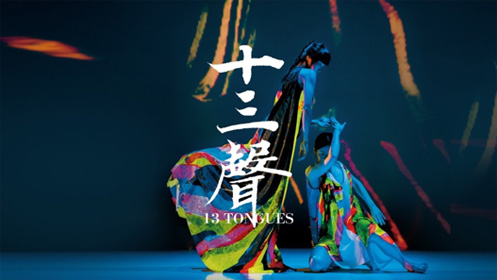
Image Source: https://www.cloudgate.org.tw/front/staticPage/pages/works-cg1 |
|
Reference:
- https://www.cloudgate.org.tw/front/staticPage/pages/works-cg1

